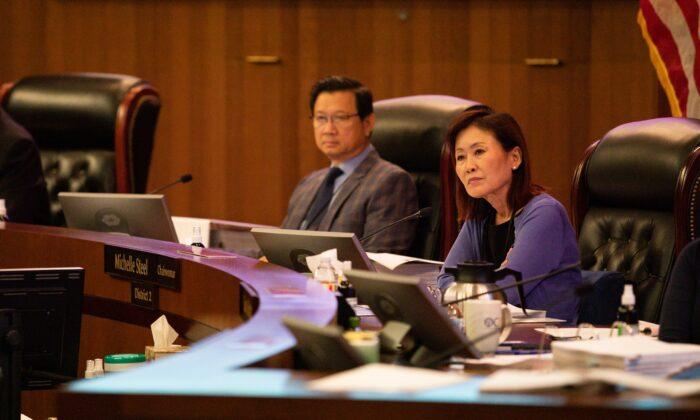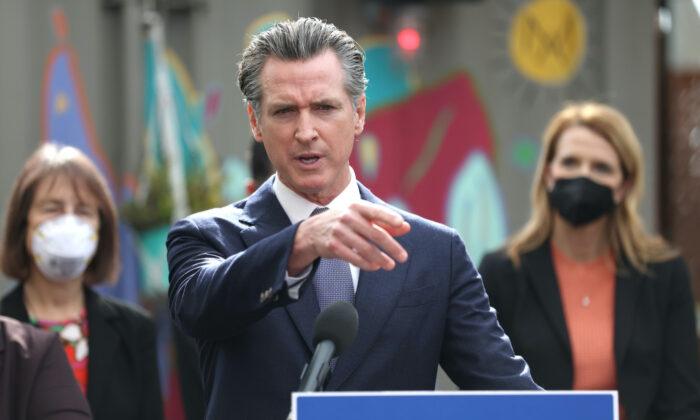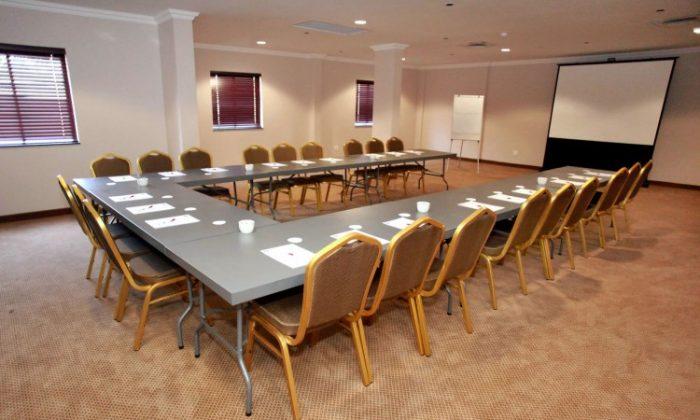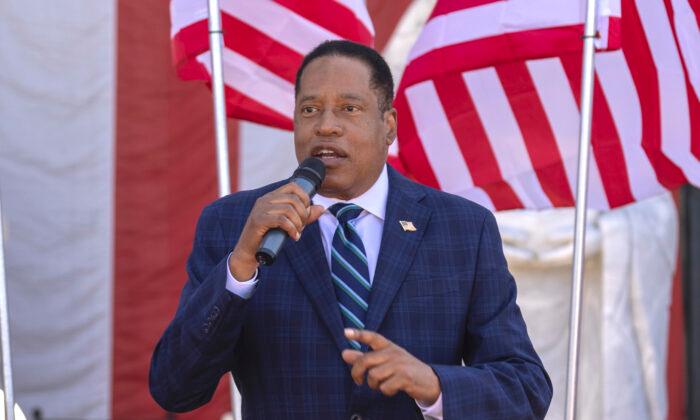Orange County officials said in a Sept. 3 press conference that they were surprised when California’s new tier system required them to delay reopening schools for another two weeks.
The county is on track to reopen classrooms on Sept. 22, according to the color-coded system. Previously, schools were expected to start in-person learning on Sept. 8.
Orange County Board of Supervisors Chairwoman Michelle Steel said the two-week push was unexpected.
“I hope the state moves faster to accommodate schools, students, families, and not change those dates again,” Steel said.
“Everyone wants our children back out in school. Now that we have a date set, it’s imperative that we continue on our current course and do what we know must be done.”
Despite Orange County complying with California mandates, officials said the county was not given credit for its previous efforts.
County CEO Frank Kim said, “We were quite frustrated that we were not able to open our K through 12 schools on September 8th, which was the date that we were planning on, because we had met the criteria for the 14-day cycle.”
However, Kim applauded the new system for being “easy to understand.”
In the meantime, individual schools can still reopen by applying for a waiver. Ninety-eight schools in Orange County have now qualified for an in-person learning waiver from both the county and the state.
After Sept. 22, each school district will make its own determination regarding whether to reopen, continue with distance learning, or adopt a hybrid approach.
Gov. Gavin Newsom announced the state’s color-coded system on Aug. 28. At the time, Orange County was placed in the purple, or “widespread,” tier based on confirmed cases of COVID-19.
The county is expected to transition from the purple to the red, or “substantial,” tier on Sept. 8. Each tier is based on the county’s case rate and test positivity percentage.
The Orange County Health Care Agency reported on Sept. 4 that the county has 5.6 positive cases per 100,000 people, and its positive test rate is 5 percent.
Dr. Margaret Bredehoft, director of the Health Care Agency’s Public Health Services, filled in for Health Care Agency Director Dr. Clayton Chau at the press conference.
Bredehoft said that this week the county passed a tragic milestone: more than 1,000 people have now died of COVID-19 in Orange County.
“It is crucial and imperative that we continue to do safe practices with social distancing, good hygiene, and wearing masks,” said Dr. Bredehoft.
Rep. Mike Levin (D-Dana Point) held a Zoom call earlier in the day on Sept. 3 to discuss reopening schools. He said he was on 24-hour notice and could be called back to Washington at any time to pass a new COVID-19 funding bill, which would hopefully include additional funding for local schools.
“This pandemic has turned our education system upside down,” Levin said.
He invited Dr. John Lee Evans, a psychologist and San Diego Unified School Board member, to speak on the call.
Evans said schools across the nation may need an estimated $200 billion to $350 billion in additional funding for special equipment, cleaning expenses, extra nurses, counselors, and other costs associated with COVID-19.
Evans said the community must “balance risk” when considering when to return children to in-person learning.
“There’s a risk in terms of kids going back to school, in terms of spreading the virus, but there are also huge risks in terms of not being in school—the academic loss, the loss of social development, the widening of the achievement gap, even things like counselors not being able to pick up on things like child abuse or other things happening in the home because kids are so isolated,” he said.
Evans supports a gradual reopening of schools, starting with the least at-risk children. While he admitted “there’s so much contradictory advice about what to do,” he hoped schools would take a conservative approach.
“We don’t want to have a fast reopening like we did with the bars last summer, and then turn around and have to close them back down,” he said.






Friends Read Free